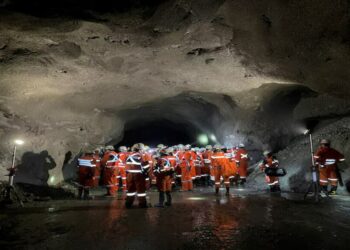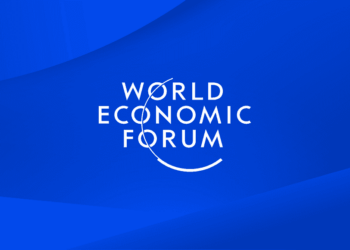The copper market has shown a remarkable growth trajectory, outpacing the overall copper mining industry by a significant margin. With the global copper mining market valued at $76.17 billion in 2022 and anticipated to grow at a modest CAGR of 0.81% through 2029, the copper market itself is set for a more robust expansion. The Copper Global Market Report 2023 projects the market size of copper to reach $254.33 billion by 2027, growing at a CAGR of 9.5%. This disparity highlights a scenario where the demand for copper is surging far faster than the mining industry’s growth, leading to eventual price escalations.
Demand Drivers in the Copper Market
The electrification of vehicles, the transition to green energy, and the increasing demand for sustainable energy sources are pivotal in driving the copper market’s growth. The massive demand for copper in these sectors underscores the metal’s importance in future technological advancements, and the trick will be finding the projects that are able to fill the supply gap.
Junior Copper Mining Companies Solaris Resources
Junior copper mining companies are important in discovering and advancing new copper resources. Solaris Resources, with its flagship Warintza copper project in Ecuador, is an example of this.
Recently, Solaris appointed China International Capital Corporation Limited (CICC) as its financial advisor to evaluate multiple acquisition proposals received from parties interested in acquiring all or part of the Warintza project. This move aligns with the increasing interest from Chinese investors in Ecuador’s mining sector as the landscape for potential Chinese investment into Ecuador has strengthened with the government working to develop closer relations to stimulate FDI. CICC’s expertise in the Chinese M&A market will aid Solaris in evaluating these proposals and navigating the complex international mining investment landscape.
This strategic partnership and the growing international interest in projects like Warintza underscore the critical role junior mining companies play in the global copper market.
Production Challenges and Technological Innovations
The copper mining sector is dealing with several challenges, including a global copper shortage expected to continue well beyond 2030. South American supply issues, increasing demand pressures, and the failure to initiate new copper mines exacerbate this shortage. Additionally, the depletion of existing mines and high mining costs, fueled by inflation and supply chain disruptions, are significant concerns. These challenges necessitate increased production and technological innovation to sustain the market’s growth.
Potential Consequences of the Copper Shortage
The copper shortage is likely to have far-reaching implications for global markets and the economy. It could exacerbate global inflationary pressures, disrupt supply chains, and affect industries reliant on copper.
The scarcity of copper poses a substantial challenge to the green economy. It’s essential for renewable energy systems, and its shortage could hinder the adoption of these systems, impacting sustainable development goals and carbon-reduction targets. The copper shortage may disrupt global supply chains, affecting the availability and cost of consumer goods and industrial products that incorporate copper.
The shortage might catalyze technological innovation, as industries dependent on copper could seek alternative materials or technologies, potentially leading to breakthroughs in material science and engineering. Increased copper prices due to the shortage could affect various industries, impacting production costs and leading to higher consumer prices for copper-containing goods.
The demand for copper in electrification and green technologies might also exceed supply, slowing the transition to cleaner energy alternatives.
The copper market’s rapid growth, outstripping the pace of the mining industry, presents some opportunities and challenges. While it signals strong demand driven by technological advancements and the green economy, it also highlights the need for increased production, innovation, and efficient resource management to meet this demand in the long term. The coming years will be pivotal in determining how effectively the industry adapts to these dynamics and sustains the market’s growth trajectory.










